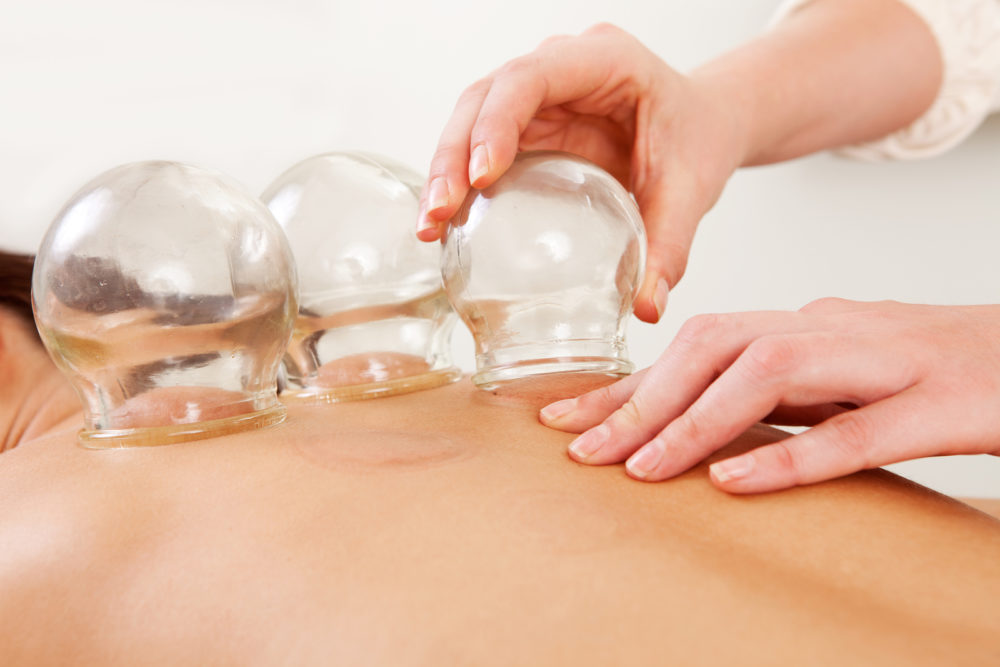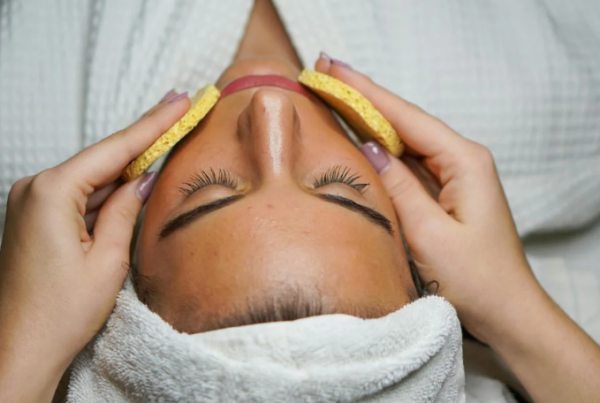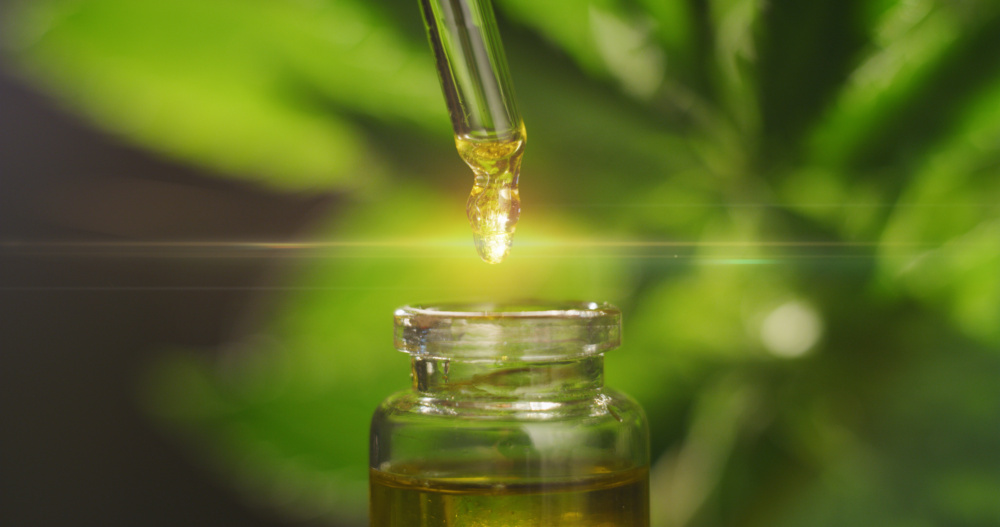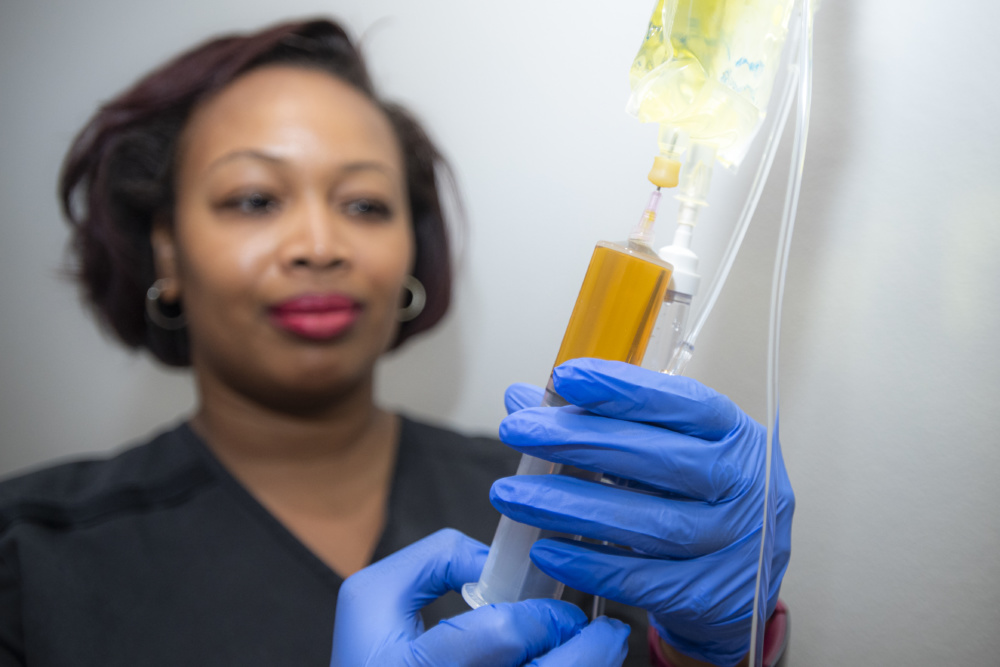What is cupping?
Cupping is a common treatment modality within traditional Chinese medicine and its roots go back thousands of years. During the procedure, glass, plastic, or bamboo cups are used to create suction. This can be done in the traditional way: by quickly inserting a flame into an inverted cup and applying it to the body, or in the more modern way: using a manual pump to pull the oxygen out.
How does it work?
 The lack of oxygen in the cup creates the negative pressure, lifting the skin and the superficial muscle layers. This releases fascial constrictions, promotes more direct blood flow, and activates the lymphatic system, which reduces muscle tension and pain. In Chinese medical terms, it eradicates meridian stagnation, which can be responsible for not only pain, but chest congestion, allergies, digestive disorders, swelling, and a number of other disorders commonly treated by cupping. Imagine your muscles as sponges saturated with thick, dried mud, and water as healthy blood. Cupping lifts the mud out in order to allow water to re-enter the sponge.
The lack of oxygen in the cup creates the negative pressure, lifting the skin and the superficial muscle layers. This releases fascial constrictions, promotes more direct blood flow, and activates the lymphatic system, which reduces muscle tension and pain. In Chinese medical terms, it eradicates meridian stagnation, which can be responsible for not only pain, but chest congestion, allergies, digestive disorders, swelling, and a number of other disorders commonly treated by cupping. Imagine your muscles as sponges saturated with thick, dried mud, and water as healthy blood. Cupping lifts the mud out in order to allow water to re-enter the sponge.
Is it painful?
Recipients of this treatment may have multiple bruising sites that last anywhere from a couple of days to a couple of weeks. They look a little scary, but the bruises are the result of simple superficial blood vessel ruptures; they are temporary, safe, and not at all painful when the cupping is performed by a qualified practitioner. In fact, when cupping is properly used it will often provide quick and dramatic symptom relief. Cups are typically left on for a few seconds to five minutes and should not be left on for more than 10.
Other things to consider:
There are different forms of cupping including stationary cupping, sliding cupping–cups are moved along specific pathways–and wet cupping, a combination of cupping and bloodletting, so it’s best left up to an acupuncturist or another qualified practitioner to determine which form, if any, would benefit your body. If you do not need this treatment, you will likely not experience bruising at all; the dark marks you see are a result of longstanding stagnation due to trauma and/or lifestyle, or repetitive movement, like preparing for the Olympics! That being said, cupping should be part of a larger treatment plan, like acupuncture or herbal therapy, in order to address the underlying issue.
Read more expert medical tips and insights on Baylor Scott & White Health’s Scrubbing In, where hands-on health care discussions take place everyday.







Recent Comments